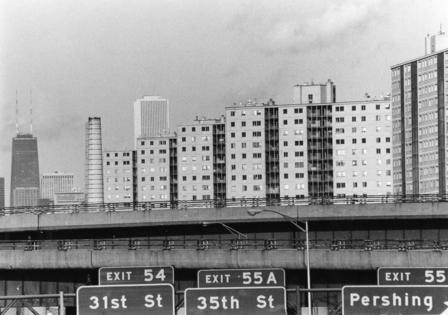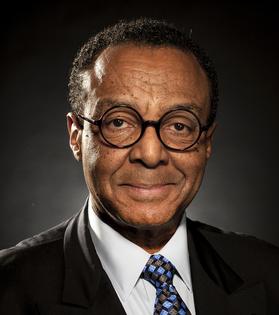A Small Step Toward Reversing the Decades-Long Community Harm of Chicago’s Expressways
When President Joe Biden’s administration last week announced the award of $2 million to help “reconnect” Chicago neighborhoods torn apart by massive expressway construction since the 1950s and ’60s, my first reaction was, “It’s about time.”
That was followed by a question: How are they going to do it?
Two million dollars doesn’t sound like much in this age of trillion-dollar budgets. But, as I was reminded, this is a “planning” grant, aimed at studying how the goal of reconnecting fragmented neighborhoods might best be achieved.
As legendary Chicago architect and urban planner Daniel H. Burnham famously said, “Make no little plans.” I think even he would be impressed with the size of what the Biden White House has in mind.
Since the 1960s, I have seen issues of community reconnection grow out of decades-long issues of social disconnection, usually tied closely to troubled dynamics of race and ethnicity. When the expressways envisioned by Burnham’s 1909 Plan of Chicago finally were built, under President Dwight Eisenhower’s federal highway program, the reception was mixed along with some people’s motives.
Few would argue that Burnham, who envisioned a roadway system radiating from the city’s center to far-off city neighborhoods and beyond, correctly grasped the growing need for swift transportation between the city and suburbs.
But less happily, thousands of people were displaced by the expressway construction, which, like other aspects of that era’s urban renewal programs, forced thousands of families to move away from their familiar friends and neighborhoods. And, in the fashion of tired but hardly irrelevant Chicago stereotypes, expressway construction attracted hustling ward bosses and other well-connected schemers to buy up properties along the expressway routes and sell for handsome profits.
But more important to many African Americans, among others, in those years was the impact of race. “Containing the Negro was unspoken city policy,” wrote the late Pulitzer Prize-winning Chicago Tribune columnist Mike Royko in “Boss,” his definitive biography of Mayor Richard J. Daley.
On the South Side, for example, the Dan Ryan Expressway separated Bronzeville from Bridgeport, Daley’s home ward. “The Dan Ryan, for instance, was shifted several blocks during the planning stage to make it one of the ghetto’s walls,” Royko wrote. Only coincidence, said the mayor’s defenders, at least in public.
Intentional or not, expressways had the effect in Chicago and other cities of walling off neighbors and communities in a way that causes isolation, discrimination and a stunting of economic growth. Here’s how Chicago’s grant application to the Biden administration, titled “Reconnecting Chicago’s West Side Communities,” phrases the issue: The Eisenhower Expressway “has divided neighborhoods on Chicago’s West Side since its construction in the 1950s.”
...continued
(c) 2024 CLARENCE PAGE DISTRIBUTED BY TRIBUNE MEDIA SERVICES, INC.










